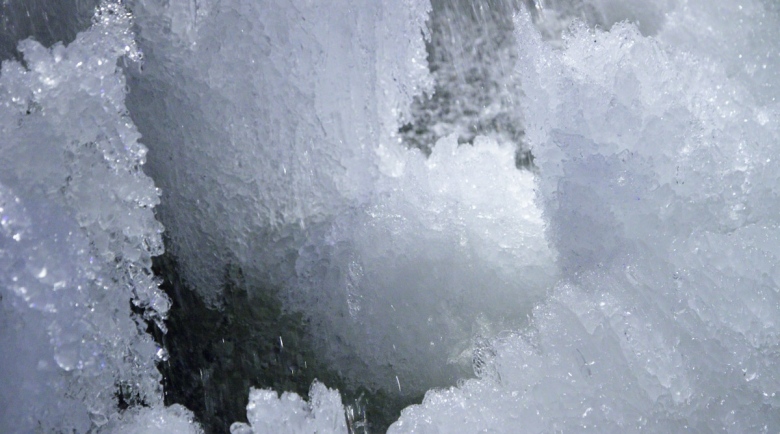
Now, researchers in Australia have identified new cryoprotectants that could preserve organs and tissues for much longer without damaging them. Freezing living cells is a good way to preserve them for much longer than at room temperature, but traditional freezing damages those cells as ice crystals form.
Cryoprotective agents can be used to prevent ice crystal formation and the resulting damage, by creating a glassy state instead. They’ve been used to store samples of fluids like blood and animal sperm, but can’t be applied to whole organs because they’re toxic.
For the new study, researchers at RMIT University identified a new type of cryoprotectant that shows promise in preserving types of cells that existing ones can’t. The team systematically tested a class of chemicals called eutectic solvents, and found one that worked to preserve tissues without damaging the cells.
The team tested the chemical on four cell types, including skin and brain cells. First, the cells are incubated with the cryoprotectant at 37 °C – human body temperature – for a few hours, before being frozen.
Later, the samples were thawed and examined with microscopes for cell damage. Sure enough, the new cryoprotectant was effective for all four cell types, showing less toxicity and better preservation than existing agents.
“This is one of the first times that this class of solvents has been systematically tested for cryopreservation of mammalian cells. This study could lead to the development of potentially thousands of new cryoprotective agents that may be tailored to specific cell types.”
The team says that there’s still plenty of work to do before this new technique can be used in whole organs.
Next, the researchers plan to investigate other cell types, including some that currently can’t be frozen using other methods.
